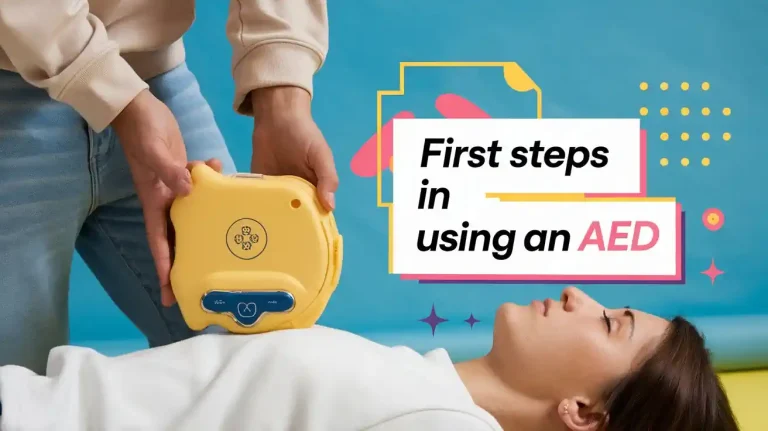Can You Use a Defibrillator on a Pregnant Woman?

When it comes to sudden cardiac arrest situations, every second counts – and that’s true whether the person in distress is pregnant or not. The hard truth is, if you don’t act fast with CPR and defibrillation, the chances of survival plummet rapidly for both mother and baby.
So can you use a defibrillator on a pregnant woman? Yes, you must. Defibrillation, along with high-quality CPR, is the only way to restart her heart and try to save two lives at once. Doing nothing is not an option – if you don’t act, the mother will almost certainly die, and the infant’s chances are just as grim without oxygen from the mother.
Is it actually safe?
Now, you might be wondering about the safety of sending those electrical shocks through a pregnant body. It’s an understandable concern, but the professionals are crystal clear – the benefits far outweigh the minimal risks to the fetus. You see, defibrillation doesn’t throw electricity throughout the whole body – it’s a carefully calculated shock that’s designed to restart the heart. The fetus itself isn’t directly exposed.
What you do need to watch out for is optimal pad placement. With a pregnant patient, there’s the added complication of a growing belly that can make proper pad positioning trickier. As a general rule, place one pad on the upper right side of the chest, and the other on the left side, just next to the breastbone.
Why it’s extra important
It’s also worth noting that pregnant women are particularly vulnerable to the oxygen deprivation caused by cardiac arrest.
Because a mother has to deliver oxygen to her unborn baby, they experience a 20 percent increase in oxygen consumption. Also hormonal changes can restrict air passages.
That means that its important to act even more urgently to give CPR to and defibrillate a pregnant woman. It’s absolutely critical to perform high-quality CPR with rescue breaths and use that AED without hesitation.
At the end of the day, the life of the mother has to be the top priority in this scenario. Tragic as it is, if she doesn’t survive, the chances of a healthy birth are essentially zero. By acting quickly with defibrillation and CPR, you’re giving both lives the best possible chance of making it through this crisis.
Its clear: Just do it
It’s a heavy situation, no doubt, but one that’s pretty clear-cut from a first aid standpoint. If you ever find yourself facing a pregnant woman in sudden cardiac arrest, your marching orders are simple: call emergency services, start CPR immediately, and grab that AED. Don’t hesitate, don’t overthink it – their lives are in your hands, and those little actions could make all the difference.
Here at DDI Safety, we want to make sure you’ve got all the knowledge and gear to handle anything that comes your way as a first responder. Defibrillators for pregnant patients? Check. Learning how defibrillators work? You bet. We’re here to help you save lives, even in the most intense circumstances.






